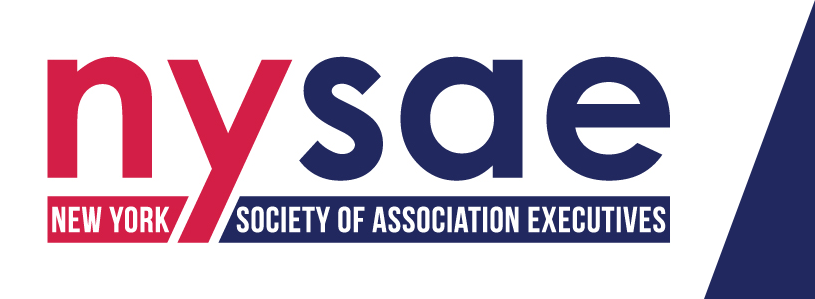A Q&A with Audio Engineering Society and Americans for the Arts about their D&I Success
Print this Article | Send to Colleague
Q: What do you attribute to the success of AES’s initiative?
A: As mentioned above, the commitment of the Committee Chairs in addition to the support from the Board of Directors and Board of Governors was absolutely critical to its success. We have indeed accomplished a great deal; however, a certain perception of AES continues to exist among some groups in the audio industry, and our D&I work is far from complete.
Q: Can you share any relevant documents with us and other associations who are in the beginning stages of setting up an action plan?
A: Our D&I Committee website is a great source of information with links to other resources.

Colleen K. Harper, CAE
Executive Director
Audio Engineering Society, Inc.
Q: How has Americans for the Arts prepared for and implemented their D&I plan? Was there a change from Americans for the Arts’ initial D&I program/platform? Tell us about it.
A: In 2016, AFTA released a Cultural Equity statement after having embarked on an update of the diversity statement that had been in place for the prior 10 years. In this moment, we, as other organizations, released a statement on Black Lives Matter to reaffirm our commitment and center Black, Indigenous, and People of Color. I would say the change evident in this moment is one of action oriented language and specificity, taking the time to name things gives them space and breadth and focus.
Q: What do you attribute to the success of Americans for the Arts’ initiative?
A: First, it’s hard to say success…progress? And we attribute it to buy-in from the staff to the board, from our members to the field at large. Accountability is still an area where we are making progress and understanding how to tell the story of the work we are doing and when it doesn’t succeed, examining why.
Q: Can you share any relevant documents with us and other associations who are in the beginning stages of setting up an action plan?
A: We have an area on our website that outlines our 2016 Cultural Equity statement and includes a subsequent update report. It’s a good example of a roadmap. I would also suggest looking at Grantmakers for Effective Organizations as they have their path to action listed on their website. But also, talk to your peers and networks, ask the communities you support and those that aren’t participating with you as you reflect on this work.

Ruby Lopez Harper
Senior Director of Local Arts Services
Americans for the Arts

